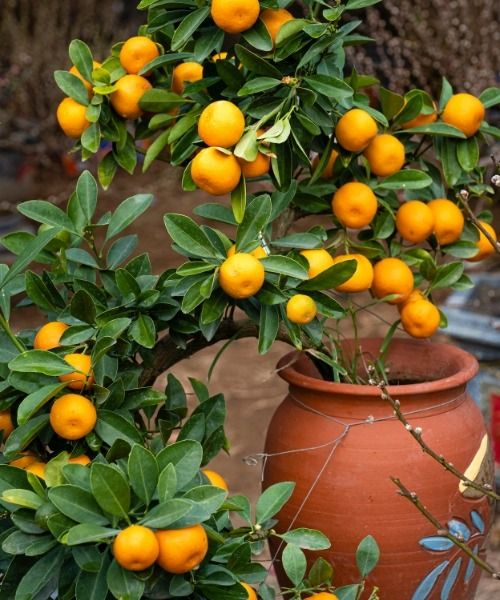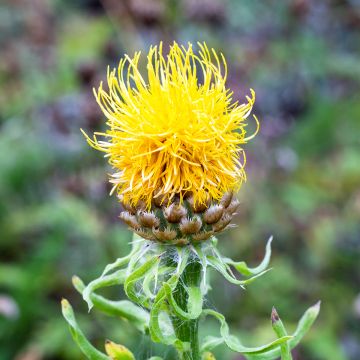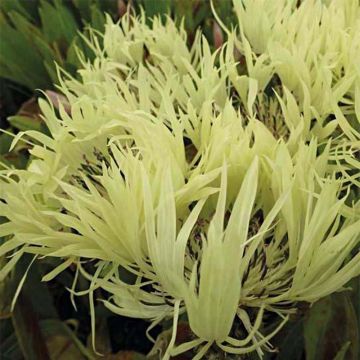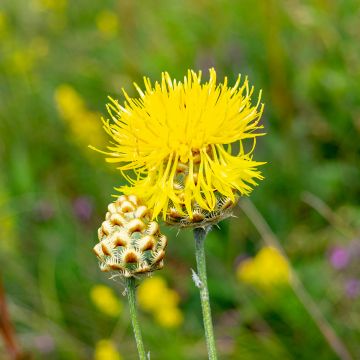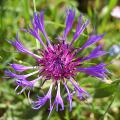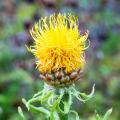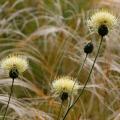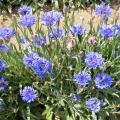Yellow Centaurea
Would this plant suit my garden? Set up your Plantfit profile →
Available in 2 sizes
Available in 2 sizes
Available in 1 sizes
Our selection of Centaureas with yellow flowers. There are many species and varieties of centaureas, and some of them have yellow flowers. For example, the Centaurea macrocephala, a perennial with large yellow flowers that resembles a giant dandelion. Or Centaurea montana 'Sulphurea', a mountain cornflower with pale yellow flowers that are luminous. Also discover Centaurea orientalis, a beautiful species from the Caucasus that forms a vigorous clump with greyish-green dissected leaves. Its fluffy yellow flower heads bloom abundantly in summer. Very rare in cultivation, the Centaurea sulphurea is a semi-hardy perennial plant often grown as an annual. Bushy and vigorous, this Moroccan species from arid soil produces spiny yellow flowers on bluish-green foliage. Discover all these countryside and melliferous flowers with their sunny blooms.
Robust and highly adaptable, the centaurea is easy to grow in any well-drained soil, even limestone.
Haven't found what you were looking for?

































